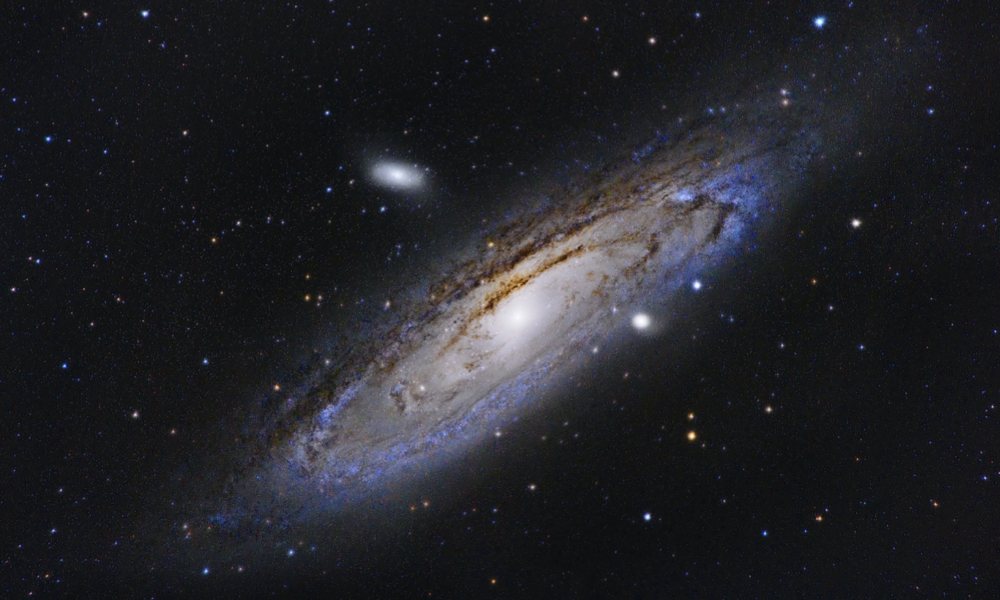
ESA Open Invitation to Tender AO9026
Open Date: 17/10/2017
Closing Date: 18/01/2018 13:00:00
Status: ISSUED
Reference Nr.: 17.1TT.72
Prog. Ref.: CC for Advanced Tech
Budget Ref.: E/0505-01C – CC for Advanced Tech
Special Prov.: BE+DK+FR+DE+IT+NL+ES+SE+CH+GB+IE+AT+NO+FI+PT+GR+LU+CZ+RO+CA
Tender Type: C
Price Range: 200-500 KEURO
Products: Satellites & Probes / Propulsion / Electric Propulsion / Electromagnetic Propulsion Systems
Techology Domains: Propulsion / Electric Propulsion Technologies / Electromagnetic Systems
Establishment: ECSAT
Directorate: Directorate Telecom & Integrated Applica
Department: Telecom Technologies,Product&Systems Dep
Division: Technologies and Product Division
Contract Officer: Dean, Andrea
Industrial Policy Measure: N/A – Not apply
Last Update Date: 17/10/2017
Update Reason: Tender issue
Objective: The objective of the activity is to allow Power Processing Unit (PPU) switch on as quickly as possible after spacecraft separation.Targeted Improvements: To avoid long drifts during mission phases (days).Description: High power units like PPUs havethe risk of Corona at first start-up if the pressure is too high. Traditionally, such units are therefore only switched on after several days of depressurization and outgassing. With full electric orbit raising, there is a need to start PPUs within a few hours after separation, in order to start the electric orbit raising as early as possible. The days of depressurisation and outgassing lead to a decay of the spacecraft’s orbit while waiting for the operational requirements to be met for switching on the plasmic propulsion.After choosing a EOR missions profile and a PPU existing design, it is proposed to define the conditions (temperature, pressure,etc.) required to switch-on the PPU as early as possible after separation, without Corona.The proposed work logic is: Selectionofa reference PPU design reference EOR mission profile; Define the pressure profile using materials outgassing rate and any otherparameters driving pressure decay (manufacturing, temperature, etc.) Definition of max pressure allowed to ensure no risk of Corona – analytically, or by test; Issue of some recommended methods for a safe start-up after separation without design change – possibly by measuring temperature, pressure, time, etc. Validation of this method by test; recommend design changes if necessary.
If you wish to access the documents related to the Invitation to Tender, you have to log in to the ESA Portal.
